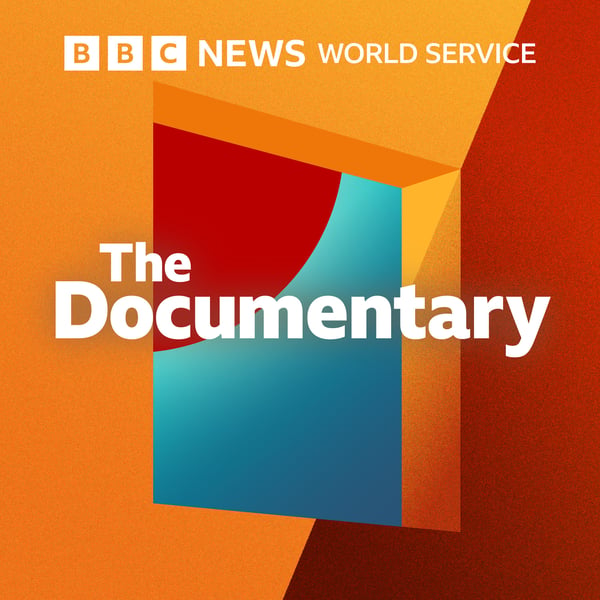From Bude to Berlin
The Documentary Podcast
BBC
4.3 • 2.6K Ratings
🗓️ 11 December 2019
⏱️ 27 minutes
🧾️ Download transcript
Summary
Transcript
Click on a timestamp to play from that location
| 0:00.0 | I'm Gordon Carrera and welcome to the second episode of the Secret History of GCHQ on the BBC World Service. |
| 0:12.3 | I'm on the beach in Port Cerno in Cornwall. It's the opposite end of the country from Scarborough in the northeast where I was last time. |
| 0:21.5 | It's pretty quiet here late in the day, few people heading off to surf, one man painting a picture of the cove. |
| 0:29.5 | But while this place is remote, it's not far from land's end. It also has a secret history. |
| 0:35.0 | That's because for more than a century it's been a hub for global communications and that's also made it a hub for spying. |
| 0:50.0 | Just above the beach in this western tip of England which juts out into the Atlantic Ocean is the Telegraph Museum. |
| 0:56.5 | This is where Telegraph cables first carried communications across the Atlantic and then around the world. John Packer shows me around. |
| 1:13.5 | A hundred years ago when it was founded, government communications headquarters or GCHQ was tapping into the cables carrying messages. |
| 1:23.5 | So we're heading into a tunnel there. |
| 1:34.5 | We might not use the Telegraph anymore, but cables now fiber optic ones carrying data still land here. |
| 1:53.5 | We don't see them, they're buried in the sand. |
| 1:59.5 | Last time on the secret history of GCHQ we looked at the first 50 years of the spy agency. |
| 2:06.5 | This time we're going from the Cold War into today's digital age looking at how GCHQ has had to keep up with changes in communication |
| 2:15.5 | and how it's been forced into the open in a way it would never have expected. |
| 2:20.5 | Partly thanks to what it gets up to with cables here in Cornwall. |
| 2:28.5 | First stop on our journey is just up the Cornish coast. |
| 2:31.5 | There's all these tall heteros which means you can't see but actually just a maybe a couple hundred feet away at these massive satellite dishes. |
| 2:43.5 | In the late 1960s satellites were the latest technology for carrying messages and that meant GCHQ building a base to carry out secret work, a base which is hard to miss. |
| 2:56.5 | Here in front of me is this amazing site of satellite dishes pointed up to space and then two layers of barbed wire fence, CCTV cameras pointed in different directions and a sign saying welcome to GCHQ build with the first broadcasters to be allowed into this site. |
| 3:14.5 | As we approach the gate we have to show an ID to a small camera at head height. |
| 3:20.5 | You see that you did a little move on the camera which I think meant we're good to go the camera went it was like a nod to the head. |
| 3:38.5 | Once we're inside hard hats go on and we get a tour of the satellite dishes called antenna look at that view you can see the scene. |
... |
Please login to see the full transcript.
Disclaimer: The podcast and artwork embedded on this page are from BBC, and are the property of its owner and not affiliated with or endorsed by Tapesearch.
Generated transcripts are the property of BBC and are distributed freely under the Fair Use doctrine. Transcripts generated by Tapesearch are not guaranteed to be accurate.
Copyright © Tapesearch 2025.

